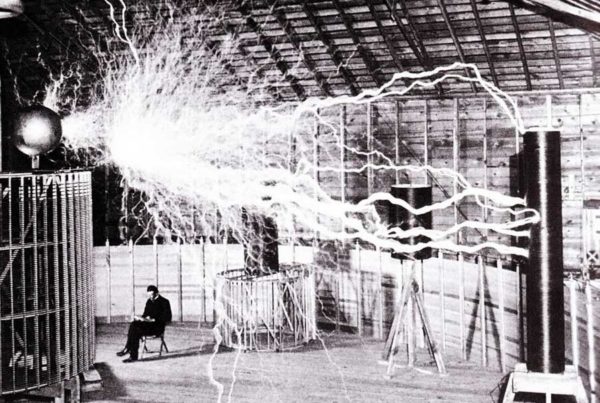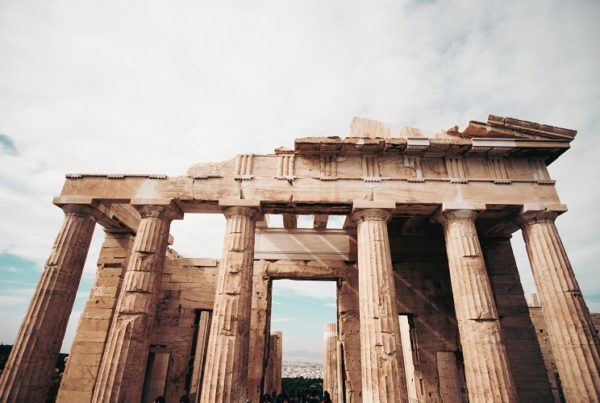The Art of Mindfulness
JULY 05, 2022
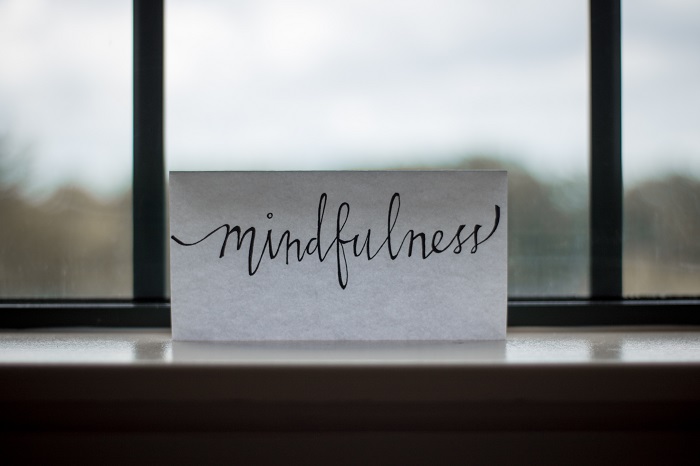
The ‘art of mindfulness’ has become extremely fashionable and widely-practiced in recent years, with people from all walks of life across the world being awoken to the powerful benefits of this simple but hugely effective psychological technique. Whilst mindfulness is currently enjoying a period of incredible mainstream popularity, however, the concept is actually many centuries old, having its roots in the traditional meditation methods used by Buddhist monks.
Despite its ancient origins, however, a number of misunderstandings and incorrect assumptions persist around mindfulness and the ways in which it should be practiced. For example, some simply equate mindfulness with being enveloped by silence, whilst others believe the primary aim is to clear your mind of all thoughts. In truth, the object of mindfulness is to bring one’s thoughts into order and under control; the resulting benefits, as you will see, are more than worth the time and effort this may take.
Below, we will address some of the other most commonly-asked questions regarding mindfulness, its advantages, how you can get started with it, and a number of tools that may help you on your journey towards achieving complete self-awareness.
The Benefits of Mindfulness

I understand, of course, that many of you may be familiar with the concept of mindfulness but less certain of why exactly you should take time out from your hectic schedule to practice it.
In fact, the main benefit of mindfulness is closely related to our leading such busy lives; we now all have so many demands on our time that most of us never pause to get things in perspective and rid ourselves of the anxieties, worries and feelings of negativity that, if unaddressed, can creep into our psyches insidiously. True mindfulness helps us to adopt more positive thought processes and become reawakened to the glorious opportunities that each new day presents.
Another drawback of the chaotic modern world is that we often become lost in the crowds and the formalised routines that surround us every day. Our busy and strictly-regulated existences can actually serve to lead us further and further away from ourselves, with genuine self-awareness becoming harder and harder to achieve. Mindfulness, when practiced correctly, can help us to reconnect with our inner core, as well as the external environment, therefore allowing us to gain a greater sense of perspective and to get our personal priorities in order.
How to Practice Mindfulness
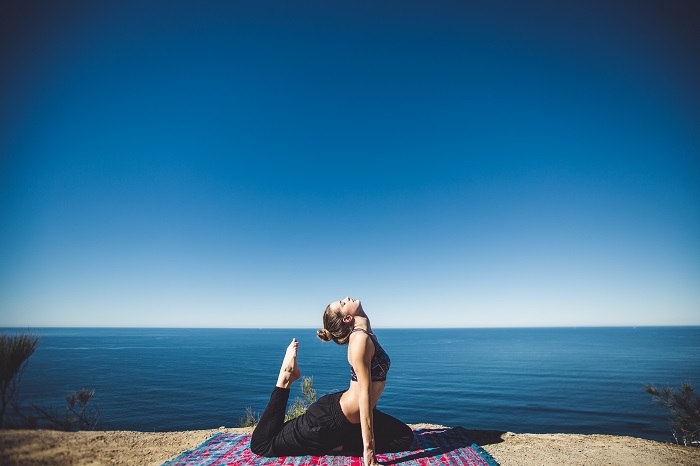
As mindfulness is very much about connecting with our inner selves, it stands to reason that the most effective way to practice it can vary from person to person. There is no ‘right’ or ‘wrong’ when it comes to finding your own productive mindfulness techniques – you simply need to think closely about what actions help you to relax and focus entirely on the present.
The Positive Psychology Program website features an excellent resource – which you can find here – that presents a whole host of ideas for practicing mindfulness, ranging from the ‘raisin exercise’ (whereby one pretends they have never seen a particular piece of food before and endeavour to examine every aspect of it, such as appearance, feel and scent), to the ‘body scan’, which encourages participants to think about their body from top to bottom, concentrating on and analysing how each part of it feels in turn.
Personally, I find engaging in short periods of quiet, still introspection and optimistic thinking to be an extremely effective method of achieving mindfulness. Whenever possible, I begin my day by settling into a comfortable chair and – just for five or 10 minutes – silently repeating a series of positive mantras to myself (“I am loved; I am accepted; I am unique”, et cetera). If I find myself feeling at all stressed or anxious at any point during the rest of the day, I try to spare just two or three minutes to repeat this exercise, blocking out all external stimuli that surrounds me (anyone can learn to do this).
You may find that my technique works well for you, or you may not. What is important is that you find a method that suits your personality and your needs. As with everything that is worth doing in life, you may not find it yields instant results and requires reinforcement to master; the old saying of ‘practice makes perfect’ may be something of a cliché, but it is certainly true when it comes to nurturing and developing mindfulness.
Tools for Improving Mindfulness
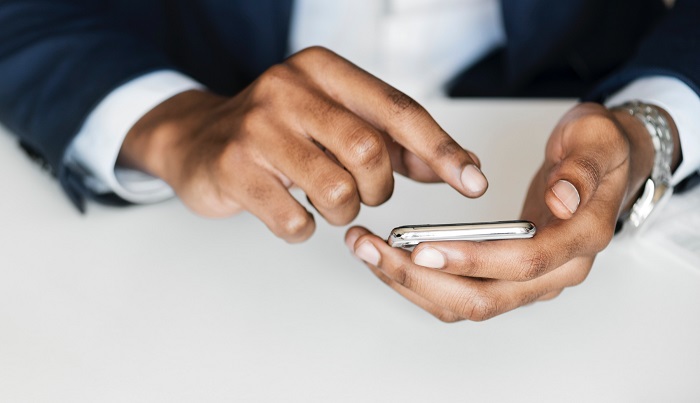
Although all of the digital devices we now have at our fingertips can be a major driver of stress and exhaustion when used improperly or excessively, it is also true that the internet is an extremely accessible forum in which we can share resources we find useful. I will always endeavour to do this for the benefit of my readers and, below, you will find some of my top-recommended mindfulness tools, which include an app, a book and a website.
Headspace – Primarily an app which is now used by millions of people in countries around the world, Headspace was founded by a former Buddhist monk, Andy Puddicombe. Headspace offers its users a wide range of mindfulness tips and exercises for dealing with specific circumstances and situations in which greater focus and feelings of calm are required, as well as a host of more general tips.
The Art of Breathing – This is a book, written by the acclaimed author Dr Danny Penman, which advocates the amazing effectiveness of simple breathing exercises in achieving mindfulness. Dr Penman’s techniques hold some similarities to my own, and I can certainly agree with his sentiment that “connecting to the present moment using mindfulness dissolves anxiety, stress and depression”.
Wildmind – A website that has been successfully imparting wisdom since the year 2000, Wildmind was established by the Buddhist teacher Bodhipaksa. Wildmind provides a seemingly endless selection of guides, tips and news articles related to both traditional and innovative meditation and mindfulness techniques.
